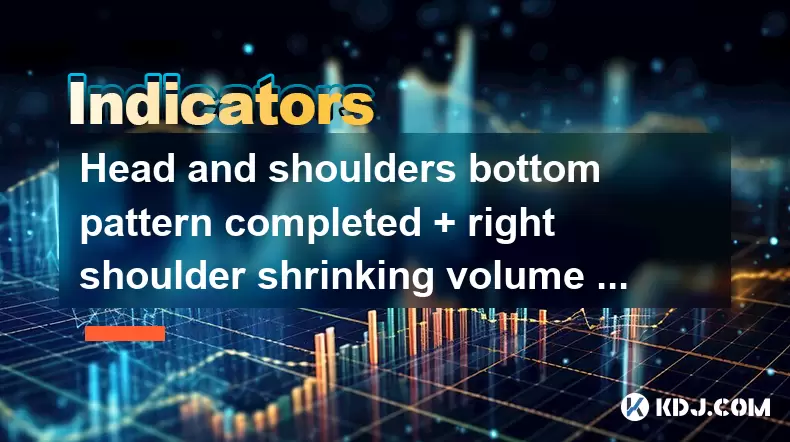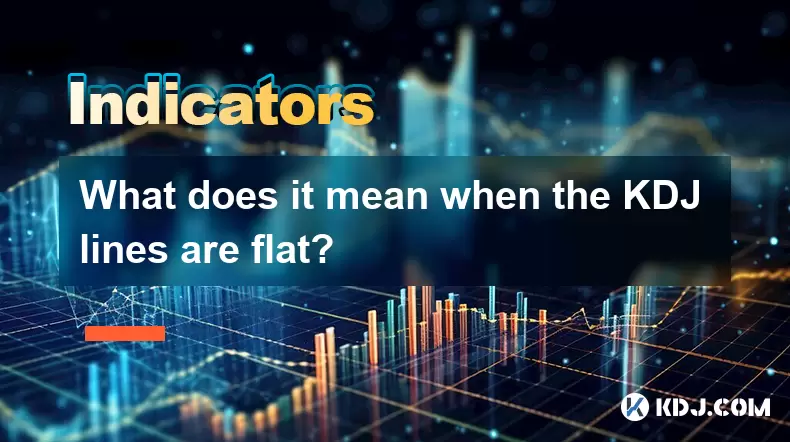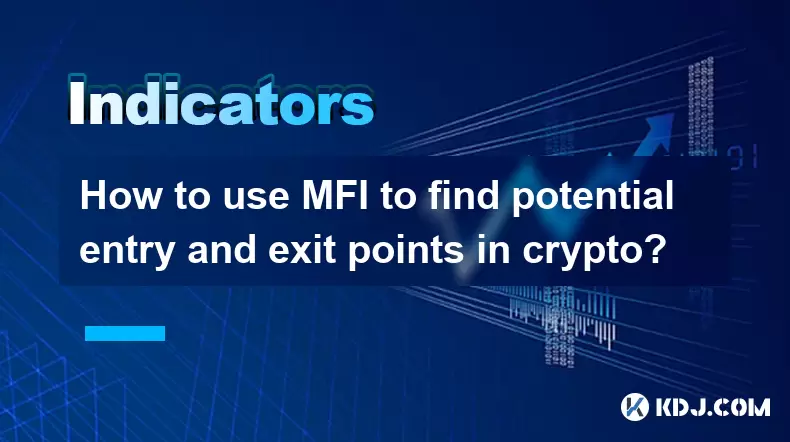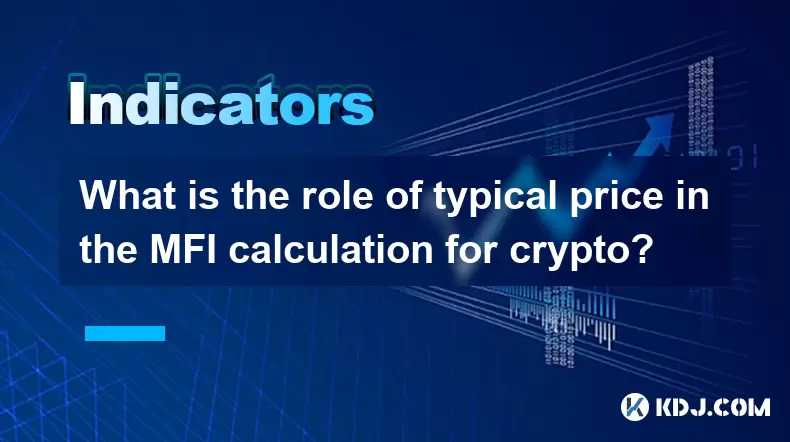-
 Bitcoin
Bitcoin $114800
-3.31% -
 Ethereum
Ethereum $3641
-5.84% -
 XRP
XRP $2.948
-6.36% -
 Tether USDt
Tether USDt $0.9998
-0.03% -
 BNB
BNB $772.4
-3.97% -
 Solana
Solana $169.1
-6.68% -
 USDC
USDC $0.9999
-0.01% -
 Dogecoin
Dogecoin $0.2056
-8.09% -
 TRON
TRON $0.3247
-0.18% -
 Cardano
Cardano $0.7239
-7.43% -
 Hyperliquid
Hyperliquid $39.71
-8.60% -
 Stellar
Stellar $0.3912
-7.84% -
 Sui
Sui $3.510
-10.17% -
 Chainlink
Chainlink $16.59
-8.03% -
 Bitcoin Cash
Bitcoin Cash $560.5
-3.65% -
 Hedera
Hedera $0.2464
-10.08% -
 Avalanche
Avalanche $22.03
-7.87% -
 Ethena USDe
Ethena USDe $1.001
-0.02% -
 UNUS SED LEO
UNUS SED LEO $8.947
0.21% -
 Toncoin
Toncoin $3.389
-2.58% -
 Litecoin
Litecoin $104.9
-5.23% -
 Shiba Inu
Shiba Inu $0.00001220
-6.67% -
 Polkadot
Polkadot $3.652
-6.10% -
 Uniswap
Uniswap $9.213
-9.05% -
 Monero
Monero $307.2
-2.93% -
 Dai
Dai $0.9998
-0.02% -
 Bitget Token
Bitget Token $4.367
-2.89% -
 Cronos
Cronos $0.1374
-6.80% -
 Pepe
Pepe $0.00001056
-8.65% -
 Aave
Aave $257.3
-7.31%
Head and shoulders bottom pattern completed + right shoulder shrinking volume step back buy point
The Head and Shoulders Bottom pattern signals a bullish reversal in crypto, with shrinking volume in the right shoulder indicating weakening bears and potential upward breakout.
Jul 30, 2025 at 08:44 pm

Understanding the Head and Shoulders Bottom Pattern in Cryptocurrency Trading
The Head and Shoulders Bottom pattern, also known as the Inverse Head and Shoulders, is a bullish reversal formation widely observed in cryptocurrency price charts. This pattern typically emerges after a prolonged downtrend, signaling a potential shift from bearish to bullish momentum. It consists of three distinct troughs: the left shoulder, the head, and the right shoulder. The left shoulder forms during a downtrend, followed by a deeper low forming the head. The right shoulder appears as a higher low compared to the head, indicating weakening selling pressure.
Key characteristics include the neckline, which connects the two reaction highs between the shoulders and the head. A valid breakout above this neckline confirms the pattern. Traders watch for volume behavior during each phase. Ideally, volume should decline during the formation of the head and further contract during the right shoulder, suggesting reduced bearish conviction. The completion of the pattern occurs when price closes decisively above the neckline on increasing volume, reinforcing the likelihood of an upward move.
Significance of Shrinking Volume in the Right Shoulder
Volume analysis plays a critical role in validating the Head and Shoulders Bottom structure. During the right shoulder formation, shrinking volume is a strong indicator of exhaustion among sellers. As price attempts to push lower after the head, the lack of volume suggests that bearish momentum is fading. This contraction reflects a decrease in selling pressure, making it harder for the price to reach new lows.
When volume diminishes during the right shoulder, it often coincides with consolidation or a sideways price movement. This phase allows bulls to accumulate positions quietly. The transition from wide selling volume during the head to narrow volume in the right shoulder highlights a shift in market sentiment. Traders interpret this as a warning sign for bears and an opportunity for long entries. The shrinking volume acts as a confirmation that the downtrend is losing steam, increasing the reliability of the breakout when it occurs.
Identifying the Step-Back Buy Point After Breakout
After the price breaks above the neckline, a common and strategic entry technique is the step-back buy point. This refers to a pullback to retest the broken neckline, which now acts as support. Not every breakout includes a step-back, but when it does, it presents a low-risk opportunity to enter a long position with a favorable risk-to-reward ratio.
To identify this setup:
- Confirm the initial breakout above the neckline on strong volume.
- Wait for the price to retrace toward the neckline area.
- Look for signs of support, such as bullish candlestick patterns (e.g., hammer, bullish engulfing).
- Ensure volume remains low during the pullback, indicating lack of renewed selling interest.
Entering at the step-back level allows traders to place tight stop-loss orders just below the neckline or below the right shoulder low. This method improves trade precision and reduces exposure to false breakouts.
Step-by-Step Guide to Executing the Trade Setup
Executing a trade based on the completed Head and Shoulders Bottom with a step-back entry requires precision and discipline. Follow these steps carefully:
- Identify the pattern on a daily or 4-hour chart using clear troughs and a definable neckline.
- Verify volume behavior: ensure volume peaked during the left shoulder, declined at the head, and contracted further during the right shoulder.
- Wait for neckline breakout: only consider the pattern valid if price closes above the neckline on a candle with above-average volume.
- Monitor for pullback: after the breakout, watch for a retest of the neckline support.
- Confirm support reaction: use candlestick signals or short-term moving averages (e.g., 9 EMA) to assess bounce strength.
- Enter long position at the close of a bullish candle during the retest.
- Set stop-loss below the right shoulder low or slightly under the neckline.
- Determine take-profit using the vertical distance from the head to the neckline, projected upward from the breakout point.
Using a cryptocurrency trading platform like TradingView or Binance Futures, traders can draw the neckline, set price alerts, and use volume profile tools to enhance accuracy.
Common Pitfalls and How to Avoid Them
Even with a well-defined pattern, false signals can occur in volatile crypto markets. One common mistake is entering before the neckline breakout confirmation. Traders may anticipate the reversal and buy during the right shoulder, risking entry into a continuing downtrend. Always wait for a confirmed close above the neckline.
Another issue is ignoring volume confirmation. A breakout without volume support is suspect and often leads to fakeouts. Conversely, a breakout on high volume followed by a high-volume pullback suggests strong opposition, invalidating the step-back setup.
Misidentifying the pattern is also frequent. Some traders confuse double bottoms or rounding bottoms with a true Head and Shoulders. Ensure all three troughs are clearly defined and symmetrically spaced. The head must be the deepest, and shoulders should be roughly equal in height.
Lastly, failing to adjust position size according to stop-loss distance can lead to oversized risk. Always calculate position size based on account risk percentage and stop distance.
Real-Time Example Using a Major Cryptocurrency
Consider Bitcoin (BTC/USDT) on a daily chart in early 2023. After a downtrend from $25,000 to $16,500, a left shoulder formed near $17,000 on moderate volume. The price dropped further to $15,500 (the head) on high volume, then rebounded. The right shoulder developed near $16,800 with noticeably lower volume, indicating weakening bears.
The neckline connected reaction highs at $18,200. Price broke above this level on a green candle with volume spiking 40% above average. A few days later, price pulled back to $17,900—just above the neckline—on thin volume. A bullish engulfing candle formed, signaling support hold.
Traders who entered at $18,000 during the step-back, with a stop-loss at $17,200, captured a move to $22,000 within weeks, aligning with the measured move target.
Frequently Asked Questions
What timeframes are best for identifying the Head and Shoulders Bottom in crypto?
The daily and 4-hour charts offer the most reliable signals. Lower timeframes like 15-minute charts are prone to noise and false patterns. Swings on higher timeframes reflect stronger institutional activity and clearer volume trends.
Can the right shoulder be higher than the left shoulder?
Yes. The right shoulder may be slightly higher due to short-covering or early bullish momentum. What matters is that the head remains the lowest point, and the neckline breakout occurs with confirmation.
How do you distinguish a failed Head and Shoulders Bottom?
A failure occurs if price breaks above the neckline but quickly reverses and closes below it within a few candles. If volume on the breakout is weak or the pullback breaks below the right shoulder, the pattern is invalidated.
Is the step-back buy point always present after a breakout?
No. Many strong breakouts continue without pullbacks, especially in fast-moving crypto markets. The absence of a step-back doesn’t negate the pattern’s validity, but it removes a lower-risk entry opportunity.
Disclaimer:info@kdj.com
The information provided is not trading advice. kdj.com does not assume any responsibility for any investments made based on the information provided in this article. Cryptocurrencies are highly volatile and it is highly recommended that you invest with caution after thorough research!
If you believe that the content used on this website infringes your copyright, please contact us immediately (info@kdj.com) and we will delete it promptly.
- Bitcoin, Ethereum, and Investor Behavior: A New York Minute on Crypto Trends
- 2025-08-01 15:10:12
- Tether's Q2 Triumph: USDT Supply Soars Amidst Profit Surge!
- 2025-08-01 15:10:12
- Ethereum ETF Holdings: A Corporate Treasury Revolution?
- 2025-08-01 15:30:12
- Ethereum's Wild Ride: Funding Rates, Price Drops, and Retail to the Rescue!
- 2025-08-01 15:30:12
- Ethereum Under Pressure: Crypto Market Drop Explained
- 2025-08-01 15:35:11
- Ethereum ETF Mania: Inflows Surge, Market Rises, What's Next?
- 2025-08-01 15:35:11
Related knowledge

What is the difference in KDJ signal interpretation between a trending and a ranging market?
Aug 01,2025 at 03:56pm
Understanding the KDJ Indicator in Cryptocurrency TradingThe KDJ indicator is a momentum oscillator widely used in cryptocurrency trading to identify ...

Does the KDJ indicator work well for low-liquidity crypto assets?
Aug 01,2025 at 02:01pm
Understanding the KDJ Indicator in Cryptocurrency TradingThe KDJ indicator is a momentum oscillator derived from the Stochastic Oscillator, widely use...

What does it mean when the KDJ lines are flat?
Aug 01,2025 at 03:22pm
Understanding the KDJ Indicator in Cryptocurrency TradingThe KDJ indicator is a momentum oscillator widely used in cryptocurrency technical analysis t...

How to use MFI to find potential entry and exit points in crypto?
Aug 01,2025 at 02:35pm
Understanding the MFI Indicator in Cryptocurrency TradingThe Money Flow Index (MFI) is a momentum oscillator used to measure the strength and directio...

How to set alerts for specific MFI levels in crypto trading platforms?
Aug 01,2025 at 12:42pm
Understanding the Money Flow Index (MFI) in Crypto TradingThe Money Flow Index (MFI) is a momentum oscillator that measures the flow of money into and...

What is the role of typical price in the MFI calculation for crypto?
Aug 01,2025 at 12:21pm
Understanding the Typical Price in MFI for Cryptocurrency AnalysisThe Typical Price plays a crucial role in the calculation of the Money Flow Index (M...

What is the difference in KDJ signal interpretation between a trending and a ranging market?
Aug 01,2025 at 03:56pm
Understanding the KDJ Indicator in Cryptocurrency TradingThe KDJ indicator is a momentum oscillator widely used in cryptocurrency trading to identify ...

Does the KDJ indicator work well for low-liquidity crypto assets?
Aug 01,2025 at 02:01pm
Understanding the KDJ Indicator in Cryptocurrency TradingThe KDJ indicator is a momentum oscillator derived from the Stochastic Oscillator, widely use...

What does it mean when the KDJ lines are flat?
Aug 01,2025 at 03:22pm
Understanding the KDJ Indicator in Cryptocurrency TradingThe KDJ indicator is a momentum oscillator widely used in cryptocurrency technical analysis t...

How to use MFI to find potential entry and exit points in crypto?
Aug 01,2025 at 02:35pm
Understanding the MFI Indicator in Cryptocurrency TradingThe Money Flow Index (MFI) is a momentum oscillator used to measure the strength and directio...

How to set alerts for specific MFI levels in crypto trading platforms?
Aug 01,2025 at 12:42pm
Understanding the Money Flow Index (MFI) in Crypto TradingThe Money Flow Index (MFI) is a momentum oscillator that measures the flow of money into and...

What is the role of typical price in the MFI calculation for crypto?
Aug 01,2025 at 12:21pm
Understanding the Typical Price in MFI for Cryptocurrency AnalysisThe Typical Price plays a crucial role in the calculation of the Money Flow Index (M...
See all articles

























































































